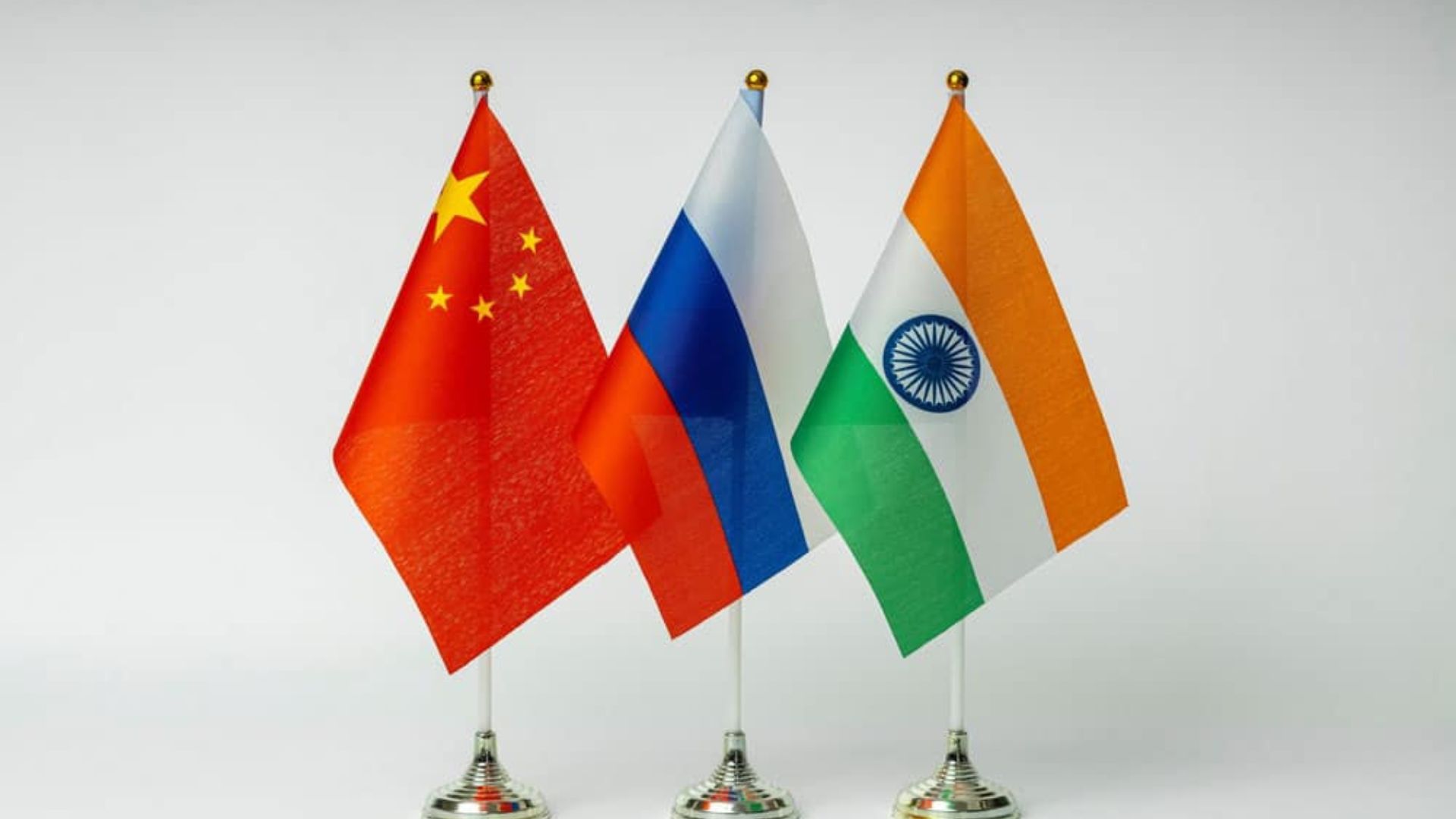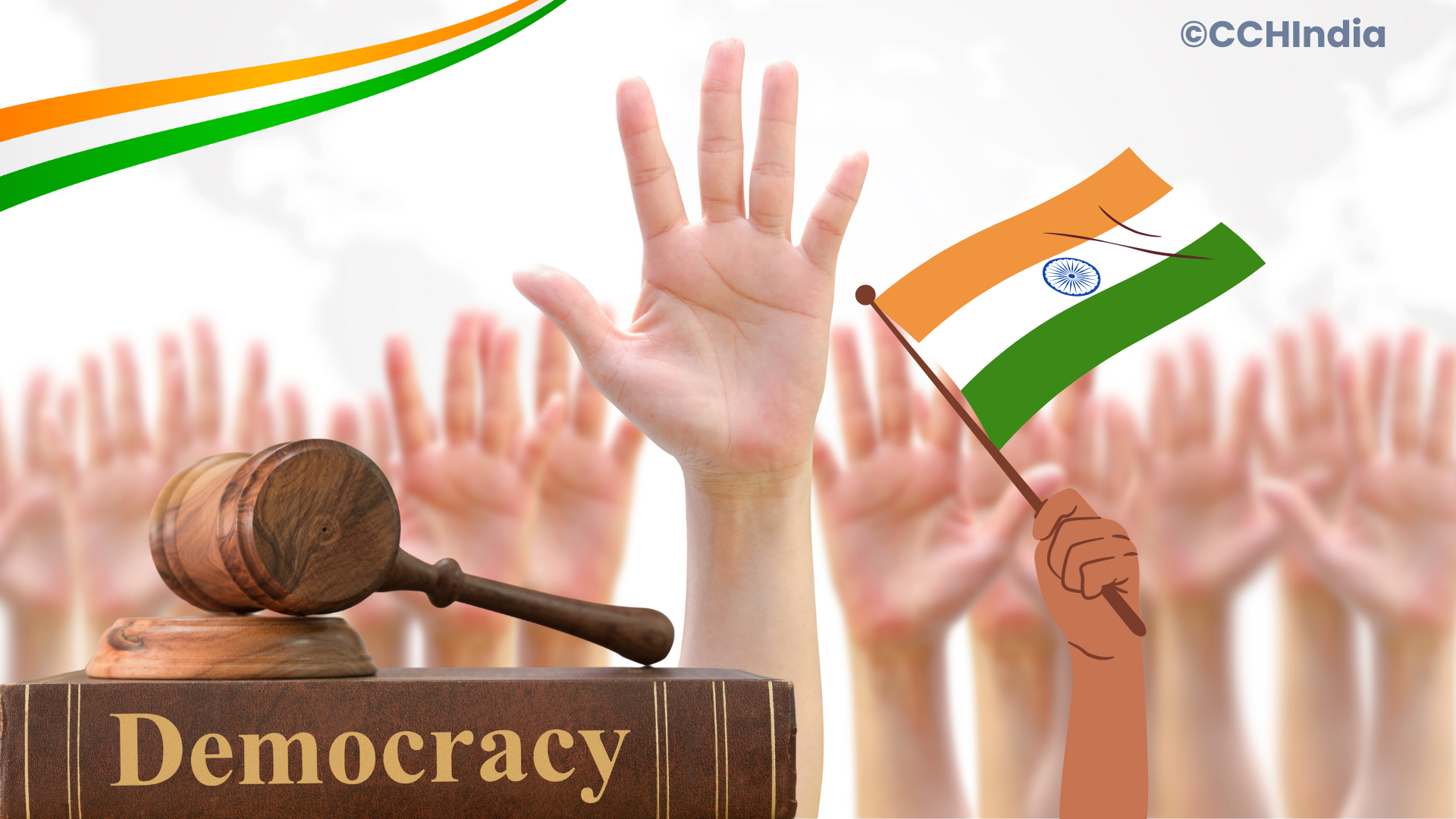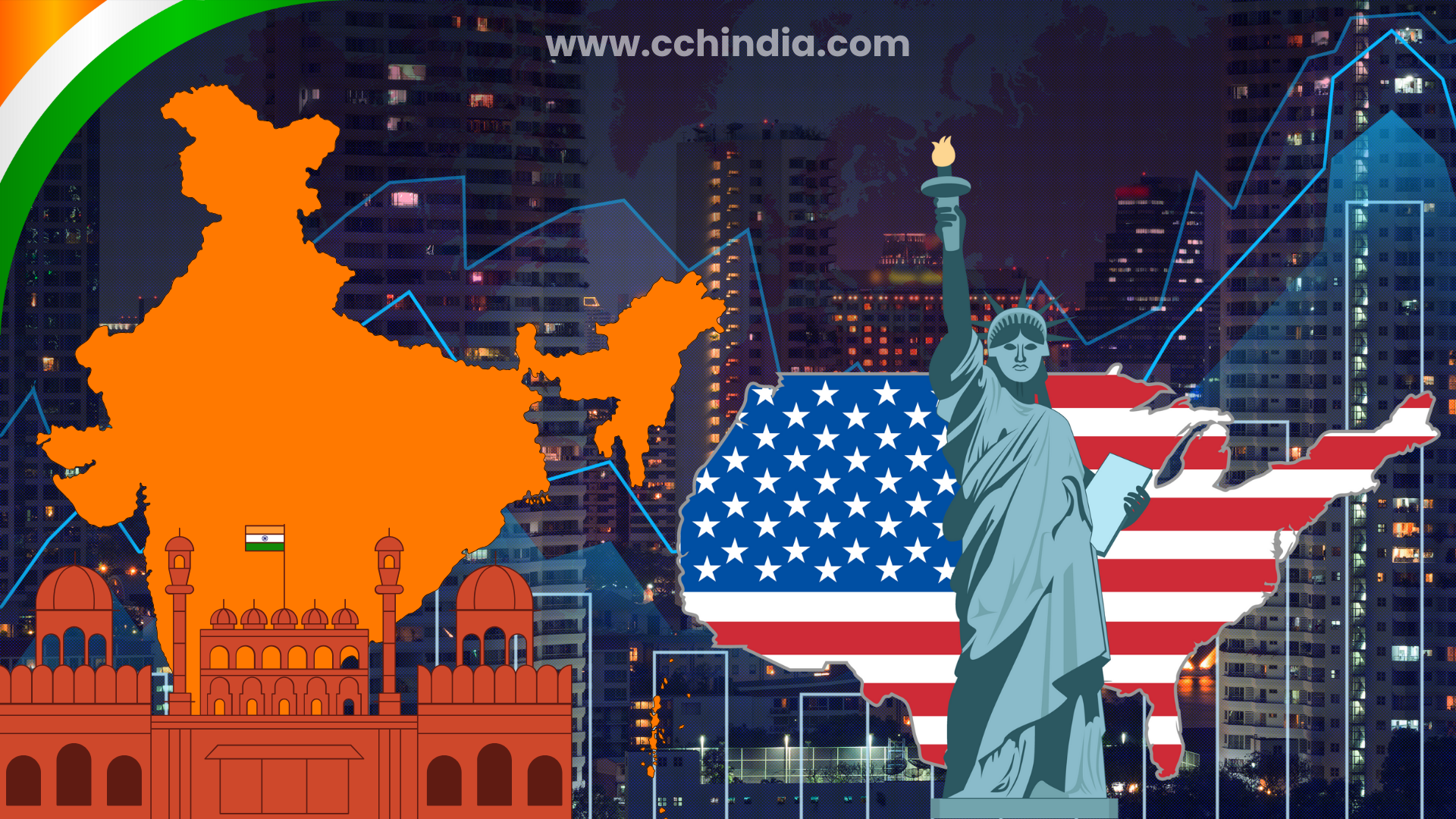Russia-India-China RIC Troika Importance
1. Strategic Counterbalance to the West
Multipolarity: The RIC serves as a platform for the three nations to collectively challenge unilateral global dominance and advocate for a multipolar governance structure .
Non-Western Voice: By combining their diplomatic weight, RIC countries present alternative perspectives in global forums, seeking greater equity and reform in international institutions .
2. Regional and Global Security
Stability: RIC cooperation is regarded as enhancing security and stability both in the Eurasian region and globally. It promotes dialogue on issues such as terrorism, regional conflicts, and climate change
Nuclear Powers: All three are nuclear powers, with Russia and China as permanent members of the UN Security Council, adding substantial influence to their collective stance .
3. Economic and Demographic Significance
Demographics and Economy: Together, the RIC countries represent over 40% of the worldʼs population and contribute more than $25 trillion to global GDP .
Resource and Technology Complementarity: Russiaʼs energy resources, Chinaʼs manufacturing, and Indiaʼs services and technology bases offer synergies for expanded trilateral cooperation, including energy security and food commodity discussions .
The RIC Troika remains significant due to its potential to reshape regional and global geopolitics, counterbalance Western influence, enhance multilateralism, and address common challenges through dialogue among three of the worldʼs most influential countries. Despite challenges, ongoing diplomatic efforts show its continued relevance and potential for substantial impact on future global governance and regional stability .
4. Drivers of Multilateralism
The RIC Troika is a founding pillar of broader multilateral groups such as BRICS and the Shanghai Cooperation Organisation (SCO). Cooperation within RIC often complements and strengthens these larger groupings .
5. Eurasian Integration and Connectivity
The RIC supports projects like the International North-South Transport Corridor (INSTC) and Eurasian Economic Union integration, boosting connectivity across the continent and facilitating new trade corridors.
Challenges to RIC Unity
Despite its potential, the RIC troika faces several challenges. The most significant is the ongoing tension between India and China, especially following the 2020 Galwan Valley clash. Mutual distrust and competing strategic interests in the Indo-Pacific limit the depth of trilateral cooperation. Additionally, India’s growing strategic alignment with Western powers through initiatives like the Quad and I2U2 adds complexity to its relations within RIC.
Russia’s increasing reliance on China in the aftermath of Western sanctions due to the Ukraine conflict also creates an imbalance within the troika. However, India’s longstanding defense and energy partnership with Russia helps maintain a degree of equilibrium.
Strategic Significance of RIC Cooperation
The foremost importance of the RIC lies in its contribution to the idea of a multipolar world. All three nations advocate for a global order where no single country dominates international affairs. This aligns with their shared objective of countering Western dominance, particularly that of the United States and its allies. Through RIC, the member countries attempt to create a geopolitical balance by promoting strategic autonomy and encouraging cooperation among non-Western powers.
Moreover, RIC serves as a critical platform for maintaining regional stability, especially in Eurasia. By engaging in regular dialogues, the troika facilitates cooperation on matters like terrorism, regional conflicts, and security threats. The group’s discussions on the evolving situation in Afghanistan, for instance, illustrate its role in ensuring regional peace. While India and China have had border disputes, RIC offers a diplomatic space where both can engage constructively without the pressure of bilateral settings.
Importance of the Russia-India-China (RIC) Troika for India
1. Geopolitical Balancing and Strategic Autonomy
• Multipolar World Order: The RIC provides India a vital platform to advocate for a multipolar global order, countering the dominance of Western powers and promoting equitable global governance.
• Balancing Global Alliances: Amid growing US-China rivalry and Western-led blocs, India leverages the RIC format to maintain strategic autonomy—balancing relations among the US, Russia, and China without getting locked into any single power camp
• Alternative Global Voice: RIC allows India to contribute to an alternative narrative on major international issues, supporting reforms in global institutions (like the UN, IMF, and WTO) and amplifying the voice of developing countries
2. Regional Stability and Security
• Managing China Relationship: Amid historical mistrust and border tensions, the RIC framework facilitates regular dialogue with China in a non-confrontational, multilateral setting, helping reduce risks of escalation and fostering trust
• Engagement with Russia: As Russia’s ties with the West deteriorate, RIC keeps India meaningfully engaged with Moscow, preserving robust energy and defense cooperation, which is essential for India’s national security.
3. Economic and Connectivity Benefits
• Eurasian Integration: RIC supports initiatives like the International North-South Transport Corridor (INSTC), enhancing connectivity between India and Central Asia/Eurasia, and expanding economic opportunities beyond Western-controlled trade routes
• Energy Security: The trilateral format enables joint investment and cooperation in energy projects (e.g., Russian Arctic LNG, Central Asian pipelines), ensuring India greater access to diverse energy sources
4. Addressing Global Challenges
• Countering Western Sanctions: In a changing global environment marked by sanctions and changing alignments, RIC membership helps India adapt and find alternatives for trade, energy, and technology, minimizing vulnerability to Western restrictions.
• Coordinated Global Policy: Through RIC, India can coordinate stances on climate change, digital governance, counter-terrorism, and development funding in global forums, increasing its diplomatic clout.
5. Challenges and Opportunities
• India-China Frictions: The RIC’s effectiveness is sometimes diluted by India–China tensions, especially over borders and China’s support for Pakistan or Belt and Road projects opposed by India.
• Mediation Role for Russia: Russia’s position as a longstanding partner to both India and China allows it to act as a mediator within RIC, creating a space for India to discuss differences with China, build confidence, and pursue mutually beneficial projects.
• Regional Peace: All three countries stress that trilateral cooperation promotes peace, security, and development not only in the region but also globally.
RIC Troika is important for India as it broadens diplomatic options, supports strategic autonomy, strengthens regional stability, and advances economic and security interests—all while giving India a prominent voice in shaping the rules of the evolving global order
Major Issues to RIC Cooperation:
- India-China Border Tensions (e.g., Galwan clash 2020)
- India’s growing ties with the West (QUAD, I2U2)
Russia’s increasing dependence on China post-Ukraine war
Despite these challenges, the RIC troika remains a valuable consultative platform and plays a stabilizing role in Eurasian geopolitics.





